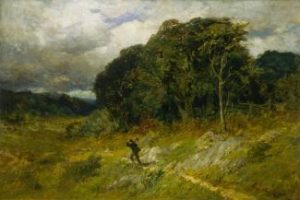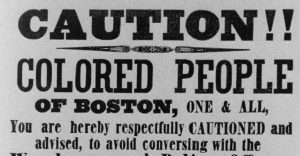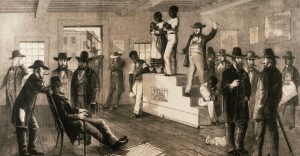Matthew Snyder
Sarah Boyd
28th January 2018
Engl 129
The White American as the African’s Hero
The initial readings for this course have portrayed feelings of grief, despair, and suffering amongst African Americans alive before, during, or after the slavery was seen as legal. The reader can be overcome with emotion, as these authors, poets, and painters demonstrate their pain in such a powerful and moving way. In hindsight, white Americans today will certainly admit to the horrible mistreatment of African Americans throughout our country’s history. However, we can see a common motif throughout these readings portraying the white American as a savior or hero to the African.
As Phillis Wheatly writes in “On Being Brought From Africa”, “TWAS mercy brought me from my Pagan land”, it is clear that the slaves were told their lives in America are far superior to their time in Africa. Albeit Wheatley’s happened to be so, I believe she wrote this poem to describe both her life and the lives of all slaves. Wheatly continues by stating some view her race with “scornful eye”. I believe this could also be seen as satirical, as we have been told through other readings that even white folks in the north scorned the African Americans. Referring to Africa as a Pagan land demonstrates the American’s Christian “values” during this time. However, rather than converting the Africans to Christianity, the Americans valued them as less than human, disregarding the very nature of their religion. Frances Harper points out the country’s flaws by stating,” Oh! how shall I speak of my proud country’s shame? Of the stains on her glory, how give them their name? How say that her banner in mockery waves— Her “star-spangled banner”—o’er millions of slaves?”. Our nation was founded on the principles of freedom and justice for all; however, how can we not be ashamed while staring in the face of a slave such as Eliza Harris? African Americans during this time period are confused because they are told of the “foundations” of this nation, but they do not see them fulfilled. William Craft opens us up to the possibility that Americans convinced themselves that what they were doing was morally just, rather than simply being hypocritical. This can be seen through the woman’s words suggesting that,” niggers never know what is best for them”, and that it was “unkind” of her husband to free his servants (63-64). Although this idea seems ridiculous, the woman on the train might sincerely believe these things. Further along in the story, Craft comes across person and person again that does not support he and his wife, although they are in “free” states.
These are just a few examples from our readings suggesting that the white American felt no wrong in his/her actions. African Americans, and others, have been mistreated by those who founded this country and all who followed. Whether it be Biblical misinterpretation or hypocritical actions, those who owned, mistreated, or scorned slaves instilled endless pain and suffering for centuries. However, with over 6,000 slave narratives, and poems from those such as Wheatly and Harper, the United Sates can recognize and respect the anguish felt by the African American culture, and continue to mend what once was a broken relationship.



